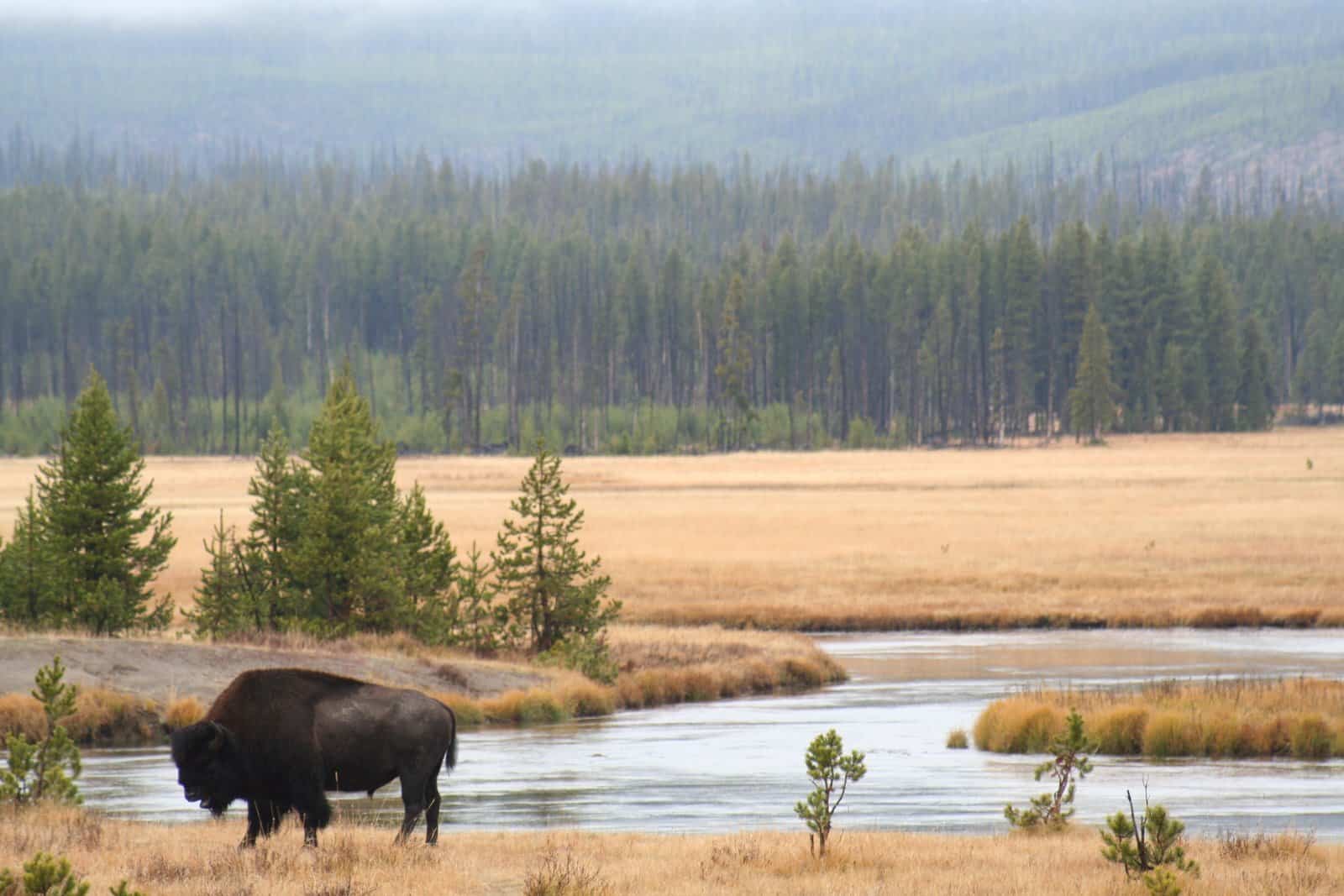Share this article
JWM: Sumatran blood pythons shrinking in body size, numbers
Sumatran blood pythons are declining in body size and reproduction — possibly due to overharvesting on the Indonesian island.
“This paper is the first one that suggests that there may be slight declines here,” said Daniel Natusch, a research associate and reptile biologist at Macquarie University, in Sydney, Australia, and the lead author of a study published recently in the Journal of Wildlife Management.
Blood pythons (Python brongersmai) are a common species in Sumatra and other immediately surrounding small islands in Indonesia. Adult snakes can grow as large as 6 feet long and can get quite thick. The snakes are prized in the pet trade due to some individuals’ reddish color patterns, and their skins are used for leather.
Indonesia is “one of the epicenters” of the global reptile trade, Natusch said, and he and his co-authors wanted to see whether this trade was having any impacts on the population of blood pythons in Sumatra. Natusch works with the Southeast Asian Reptile Conservation Alliance, a collaborative initiative that works to advance responsible and transparent supply chains of reptile skins in the region, often in conjunction with major fashion brands such as Gucci.
“We work to make improvements in the supply chain,” Natusch said.
Researchers had collected data on the blood python harvest in Sumatra 20 years ago, and Natusch and his colleagues wanted to return to the area to see if this industry was having any effect on average body size, sex ratios or the average years it takes the reptiles to reach sexual maturity.
“It turns out that a few of those metrics, not all of them, have declined slightly, possibly suggesting the harvest may be too intense,” Natusch said. Numbers are a little down, but Natusch said the drop doesn’t indicate any sort of “conservation catastrophe,” at this time. “It just means the harvest may be compromised.”
The animals are still highly abundant in Sumatra. While the clearing of the island’s rainforests to make way for oil palms has harmed forest species, it has actually benefited these snakes, making way for an abundance of rodents for them to prey on.
It’s even possible that the snakes benefit the oil palm plantations, since they serve as a biological control for rodents that would otherwise feed on the palm kernels. The plantations use owls to control rodents, but Natusch said the snakes do a better job. “These snakes are a far more effective source of predation than are the owls,” he said, adding that they are currently conducting experiments in Borneo to determine the level of benefit the snakes provide as biological control for rodents.
Harvesting or changes in the natural environment may be affecting the snakes in different ways, though.
The snakes in this survey were thinner than 20 years ago and had worse body conditions. This may have something to do with the oil palm plantations favoring smaller prey suitable for juvenile snakes but not big enough for fully grown pythons, though more research would be needed to prove this.
“There’s a lot of things going on in a system like this,” he said.
The researchers also found a reduced reproductive frequency among females and smaller egg clutch sizes relative to the size of the mothers.
Natusch said that more research is needed to determine the cause of these decreases.
Header Image: Blood pythons are harvested on Sumatra for their meat, skins, fat and for use in medicines. ©Daniel Natusch








